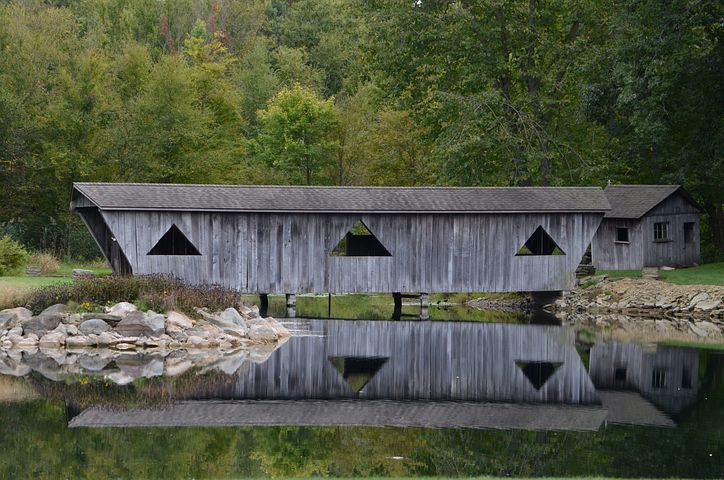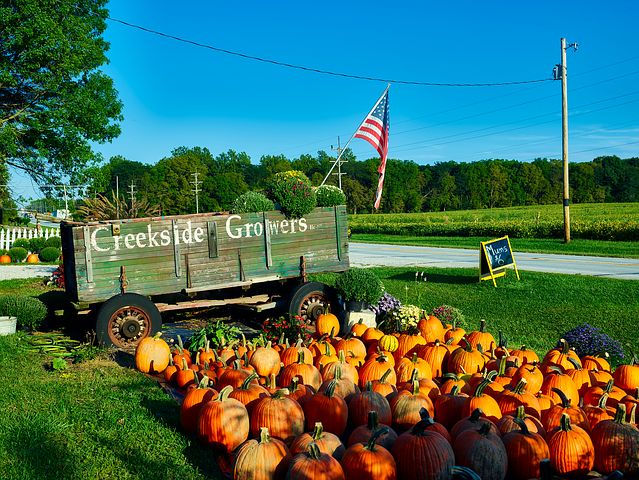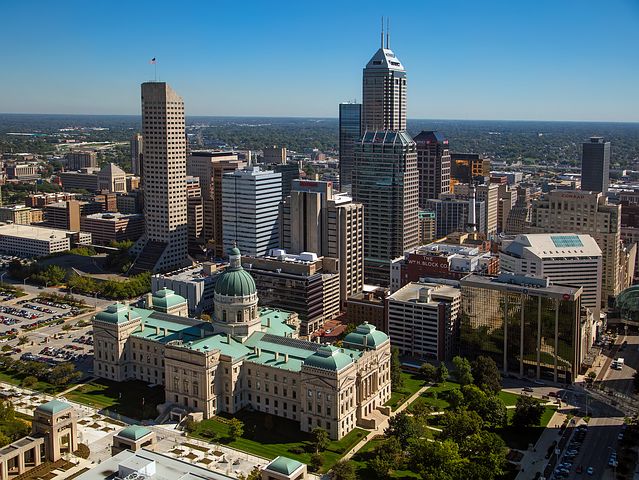Indiana
Unveiling Indiana: The Gem of the Midwest
Indiana, often referred to as the “Hoosier State”, is a captivating blend of history, tradition, and modernity. Nestled in the heart of the American Midwest, it serves as a remarkable testament to the country’s vibrant past and promising future. This article takes you on a comprehensive journey through the intriguing tapestry of Indiana – from its rich indigenous heritage to its contemporary achievements in various domains.
A Glimpse into Indiana’s Geographic Significance
Situated in the Midwestern region of the United States, Indiana is the 38th largest state in terms of land area and the 17th most populous. Its capital and largest city, Indianapolis, is a bustling metropolis that embodies the state’s dynamic spirit. Indiana shares its borders with several states and bodies of water including Lake Michigan, Michigan, Ohio, the Ohio River, and Kentucky, thus presenting a diverse geographic landscape.

Tracing the Roots: The Indigenous Era
The history of Indiana is a fascinating saga that dates back thousands of years. Before being recognized as a U.S. state in 1816, the region was inhabited by various indigenous tribes. These native communities were eventually displaced by the U.S. government between 1800 and 1836. Even as the region gained statehood, it remained largely under the possession of native tribes, hence the name ‘Indiana’, meaning ‘Land of the Indians’.
The early settlement patterns in Indiana mirrored the regional cultural segmentation prevalent in the Eastern United States. The northernmost part of the state was primarily settled by people from New England and New York, Central Indiana by migrants from the mid-Atlantic states and Ohio, and Southern Indiana by settlers from the Upland South, especially Kentucky and Tennessee.
The Blossoming Economy of Indiana
Indiana boasts a diverse economic landscape, with a gross state product of approximately $352.62 billion in 2021. It is home to several metropolitan areas with populations exceeding 100,000, along with numerous smaller cities and towns. The state is a hub for professional sports teams, including the NFL’s Indianapolis Colts and the NBA’s Indiana Pacers. It also hosts several notable competitive events, such as the Indianapolis 500, held at the Indianapolis Motor Speedway.

How Did Indiana Get it’s Name?
The name Indiana, fundamentally translating to “Indian Land”, holds a profound historical significance. It not only reflects the state’s indigenous roots but also its territorial history. The term ‘Indiana’ saw formal usage in 1768 when a Philadelphia-based trading company named its land claim in present-day West Virginia as “Indiana” in honor of its previous owners, the Iroquois. The usage of the term ‘Hoosier’, denoting a native or resident of Indiana, remains a subject of debate. However, the most accepted conjecture traces its origin to the Upland South as a term for a backwoodsman or a country bumpkin.
A Journey Through History
The Early Inhabitants
The first inhabitants of Indiana were the Paleo-Indians, who arrived around 8000 BC, following the end of the Ice Age. These nomadic tribes hunted large game such as mastodons and crafted tools out of chert. Following the Paleo-Indians were the Archaic people, who developed new tools and cooking techniques, ushering in a significant step towards civilization. The Woodland period saw the creation of ceramics and increased cultivation of plants. The final pre-European period, the Mississippian culture, saw the emergence of large urban settlements designed according to their cosmology.
European Exploration and Sovereignty
The first European to cross into Indiana was the French explorer Rene-Robert Cavelier, Sieur de La Salle, in 1679. The region’s rich fur trade soon attracted French-Canadian fur traders, who brought a range of goods to trade for skins with the Native Americans. However, the British colonists, who arrived a few years later, led to tension and conflict over control of the lucrative fur trade. With the British victory in 1763, the French were forced to cede all their lands in North America east of the Mississippi River and north and west of the colonies to the British crown.

The Frontier
The late 18th century saw the U.S. defining the Northwest Territory, which included present-day Indiana. Following the American Revolutionary War, the British crown ceded their claims to the land south of the Great Lakes to the newly formed United States, including Native American lands.
Statehood and Settlement
Corydon, a town in the southern part of the state, was named the capital of the Indiana Territory in 1813. By 1816, Indiana was approved for statehood, with Jonathan Jennings elected as its first governor. The state capital was moved from Corydon to Indianapolis in 1825.
Civil War and Late 19th Century Industry
During the American Civil War, the state played a pivotal role on the Union side, providing numerous regiments of infantry, artillery, and cavalry. The post-war period saw a transition into a primarily agricultural state, with the discovery of natural gas in the 1880s leading to an economic boom.

The Modern Era: Progress and Prosperity
The early 20th century saw it evolve into a leading manufacturing state, with heavy industry concentrating in the north. The state also made significant strides in education, healthcare, and technology, emerging as a modern, forward-thinking state in the American Midwest. Today, Indiana continues to thrive, offering a harmonious blend of historical charm and modern innovation. Its rich history, diverse culture, and dynamic economy make it a captivating destination for both residents and visitors alike. From the industrious cities to the serene countryside, this state truly is the gem of the Midwest.
